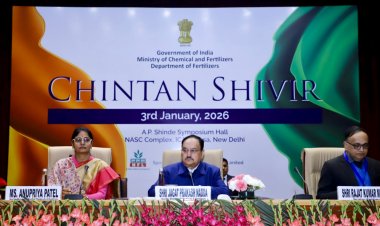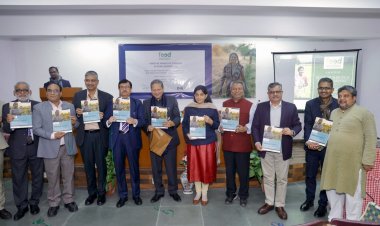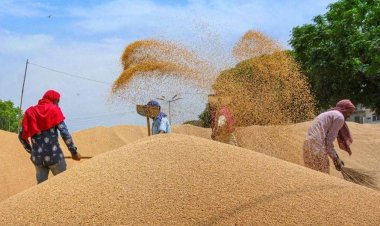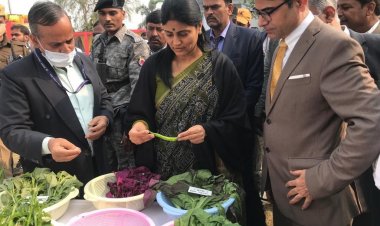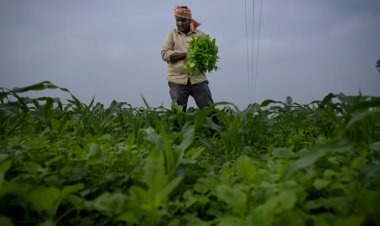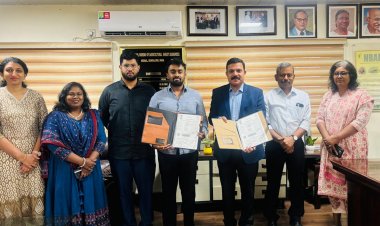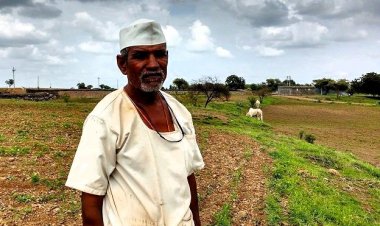Fertilizer subsidy estimated at Rs 2.5 lakh crore for current FY
The fertilizer subsidy given by the Union Government is estimated to reach Rs 2.5 lakh crore in the current financial year. However, about 25 per cent of subsidies will be saved due to the reduction in fertilizer prices in the international market over the past few months. While the DAP prices have come down from $950 per tonne to $750 per tonne in the international market, urea prices have also reduced from $950 per tonne to $650 per tonne. FAI Chairman KS Raju gave this information at a press conference.
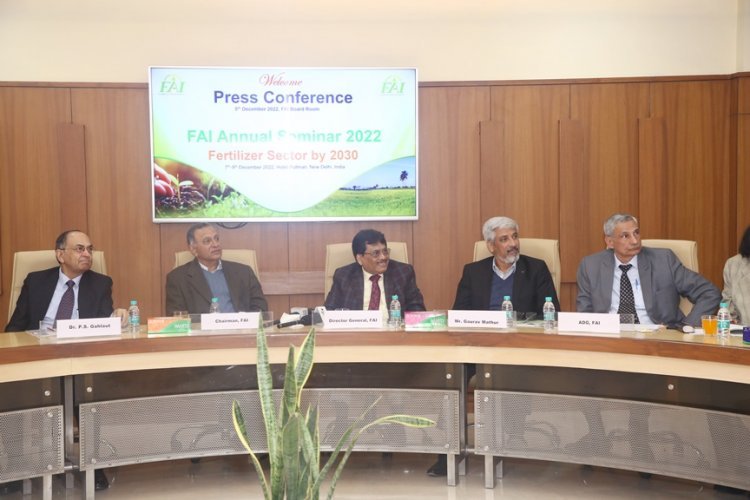
The fertilizer subsidy given by the Union Government is estimated to reach Rs 2.5 lakh crore in the current financial year. However, about 25 per cent of subsidies will be saved due to the reduction in fertilizer prices in the international market over the past few months. While the Di-Ammonium Phosphate (DAP) prices have come down from $950 per tonne to $750 per tonne in the international market, the urea prices have also reduced from $950 per tonne to $650 per tonne.
The Fertiliser Association of India (FAI) Chairman KS Raju gave this information at a press conference. He said that despite a steep hike in subsidies, the government is paying the subsidies to the industry on time.
FAI is organizing its annual seminar November 7-9 with the theme “Fertilizer Sector by 2030”. The seminar will discuss various aspects related to the shape of the fertilizer industry and of the fertilizer sector in the participating countries in sectors associated with it. It will be inaugurated by Union Minister for Chemicals and Fertilizers Mansukh Mandaviya.
Dr PS Gahlaut, the Managing Director (MD) of Indian Potash Ltd (IPL), said on the occasion that the seminar would also discuss investment for Environment, Social and Governance (ESG) projects to meet the decarbonization commitment targets. “We will have to work on the efficiency of the utilization of resources. Technology will have to be employed to save the water used in the conventional method of flooding used for irrigation at present so that more production can be obtained with less water. Similarly, less of chemicals will have to be used to improve the situation of fertile nutrients in the soil. All this requires investment. Where this investment will come from will have to be seen.” Regarding natural farming, he said that it could not be a substitute for the current process.
FAI Director General (DG) Arvind Chaudhary said that the industry was working in collaboration with the government and subsidy payment was not a problem. The government has made provision for the additional amount to meet the increasing subsidy needs.
FAI Additional DG (ADG) Dr S Nand said that 14 lakh tonnes of DAP was available at the beginning of the current Rabi season. An increase in supply after that has led to no problem so far in fulfilling demands. Rabi season requires 58 lakh tonnes of DAP. Similarly, there is no problem regarding urea availability.
On being asked about ‘One Nation One Fertilizer’ scheme, the FAI Chairman said that the industry was in agreement with it because this can get rid of the imbalance created by the demand for any specific brand. But he refused to comment on the loss of investment for the brands pitched by the companies. However, industry representatives said that the fertilizer bag will also have the company’s brand printed on it.
On tagging expensive products with fertilizers, the FAI DG said that the control of companies extended to the wholesalers. Given this, many a time it becomes difficult to exercise control over the work done at the retailer level. However, state governments can put a check on tagging under the Fertilizer Control Order (FCO).



 Join the RuralVoice whatsapp group
Join the RuralVoice whatsapp group


















